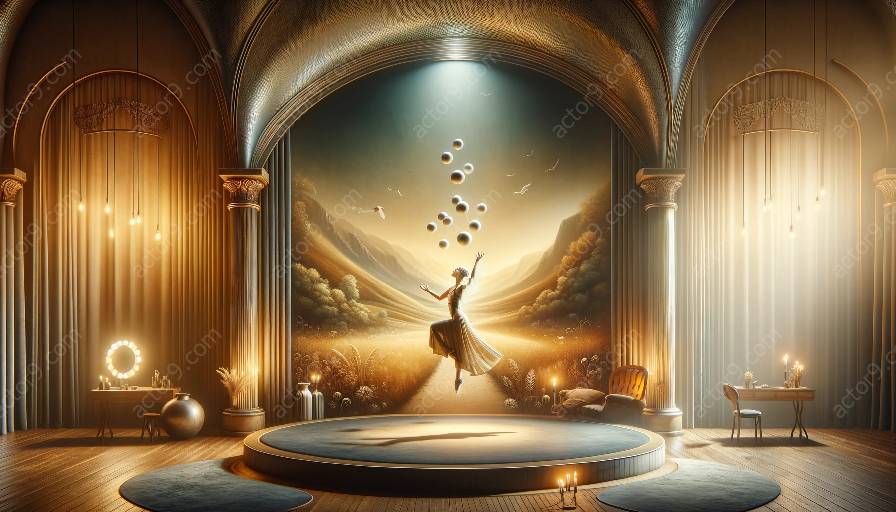Juggling is a performing art that dates back to ancient civilizations and holds significant cultural and historical importance. Its roots are deeply intertwined with various societies and have evolved over time to become an integral part of circus arts and contemporary entertainment.
Historical and Cultural Significance
The history of juggling can be traced back to ancient times, with evidence of juggling performances found in various cultures, including Egyptian, Chinese, and Roman civilizations. In many societies, juggling was not only a form of entertainment but also had ceremonial and religious significance. For instance, in ancient China, juggling was performed during religious rites and was associated with good luck and prosperity.
Juggling also played a significant role in medieval Europe, where it was performed by court jesters and troubadours as a form of entertainment for the royalty and commoners alike. It was often included in festivities and celebrations, showcasing the performers' dexterity and skill.
Juggling has also been a part of traditional folk cultures around the world, with each region infusing its unique style and equipment into the practice. In some cultures, such as in Africa and South America, juggling has been used as a storytelling device, representing narratives and traditions through the manipulation of objects.
Evolution and Integration with Circus Arts
With the rise of the circus in the 18th and 19th centuries, juggling found a new platform for expression and entertainment. Circus performers incorporated juggling into their acts, combining it with acrobatics, clowning, and other performing arts to create dazzling spectacles that captivated audiences.
Throughout the history of circus arts, juggling has continuously evolved, with performers pushing the boundaries of what is possible and introducing new techniques and props. This evolution has led to the creation of specialized juggling acts that showcase an array of skills, such as toss juggling, contact juggling, and manipulation of unconventional objects.
The integration of juggling into circus arts has also contributed to the global spread of juggling traditions. Circus troupes traveling around the world have introduced diverse juggling styles and techniques to different cultures, leading to the exchange and cross-pollination of juggling traditions.
Contemporary Significance
In contemporary society, juggling continues to be a popular form of entertainment, with juggling festivals, competitions, and shows held worldwide. Juggling has also found its way into mainstream media, with jugglers showcasing their skills on television, in films, and on social media platforms, further solidifying its significance in popular culture.
Moreover, juggling has transcended its entertainment value and has become a symbol of perseverance, balance, and coordination. The mental and physical discipline required for juggling has led to its adoption in therapeutic and educational settings, where it is used to improve focus, coordination, and cognitive abilities.
Conclusion
The cultural traditions and significance of juggling are deeply rooted in history and have evolved through the integration with circus arts and contemporary entertainment. Its enduring presence in various cultures and its ongoing evolution exemplify the universal appeal and enduring relevance of juggling in society.


































